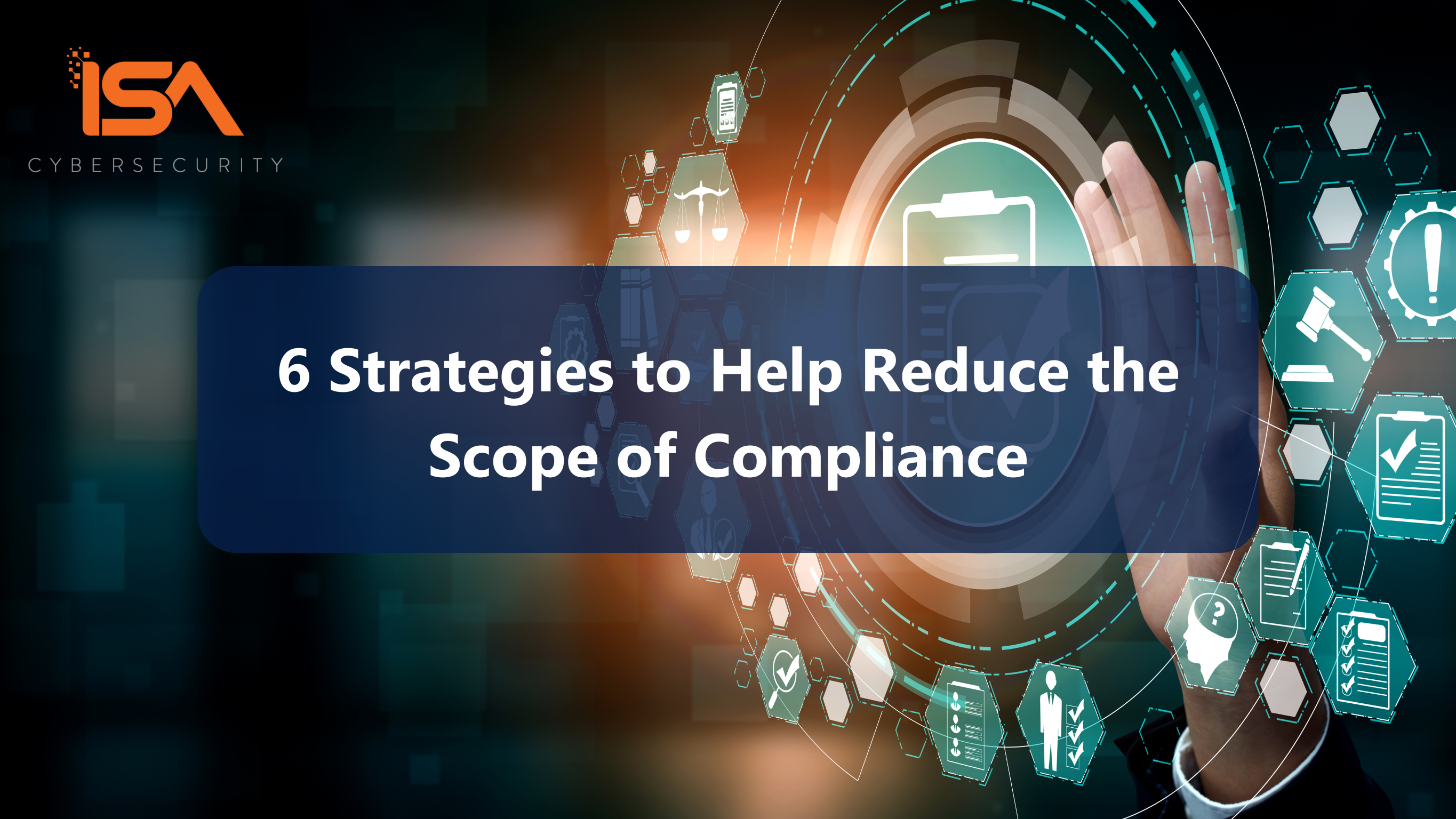Limiting the scope of cybersecurity compliance requirements is a crucial strategy for organizations to manage costs, complexity, and risk effectively. Here are six strategies for maintaining the privacy and security of your sensitive data in a pragmatic way.
Security by design
By observing security by design principles before implementing systems, organizations can significantly reduce cybersecurity compliance burdens by proactively addressing security requirements during development and implementation stages. By incorporating security measures from the outset, vulnerabilities and potential risks are minimized, reducing the need for costly remediation efforts to achieve compliance. Targeted, “baked-in” security measures are generally much cheaper than bolted-on solutions.
Example: A Canadian utility provider could integrate security requirements into system design, adopt secure coding practices, conduct threat modeling, and employ defense-in-depth strategies in all system design. A proactive approach and a security-aware corporate culture will minimize exposure to vulnerabilities and social engineering threats, resulting in fewer issues during compliance audits and assessments, and streamlining the compliance process.
Network Segmentation
A common way of containing the scope of security requirements is through network segmentation. By dividing your network or infrastructure into multiple, isolated segments, you can finetune the security controls required for each zone. This approach helps contain potential threats and limits the scope of compliance requirements to specific segments handling sensitive data or critical systems. You can implement the strictest controls on selected systems, while “right-sizing” the security on areas that don’t necessarily need it.
Example: A Canadian financial institution could segment its network into zones like public-facing web servers (low sensitivity), internal corporate networks (moderate sensitivity), and core banking systems and IoT devices (high sensitivity). By isolating the high-sensitivity zones, the FI can focus its most stringent compliance efforts on those segments while applying appropriate, but less rigorous controls to other areas.

Encryption and Data Tokenization
Implementing strong encryption and data tokenization techniques can help you limit the scope of compliance by reducing the amount of sensitive data that requires protection under various regulations. In effect, the bad guys can’t steal what you don’t even have.
Example: A healthcare organization could tokenize patient data by replacing sensitive information like names and addresses with non-sensitive placeholders or tokens. This approach would limit the scope of compliance to the systems handling the tokenized data, as the original sensitive data would be stored and processed separately with stringent controls and strong encryption.

Data Residency and Localization
Adhering to data residency and localization requirements can limit the scope of compliance by ensuring that sensitive data remains within specific geographic boundaries or jurisdictions with well-defined regulations. While cloud services have made this a more challenging prospect than in days past, many major players in the “as-a-service” space can guarantee the geographic location of your deployment on demand.
Example: To comply with Canadian privacy laws like PIPEDA and the proposed CPPA, a manufacturing organization could choose to store and process personal data of Canadian customers and staff within datacentres located in Canada. This approach would limit the scope of compliance to Canadian regulations, instead of trying abide by multiple international data protection laws.

Outsourcing 1: Third-Party Services
Outsourcing complex services like SIEM to a trusted third party is already a common practice for many organizations. The same approach can be used to minimize your compliance burden: consider outsourcing specific functions or services to third-party providers that already maintain compliance with relevant standards. This approach can reduce the demands on your team and resources by leveraging the service provider’s existing controls and certifications.
Example: A Canadian retailer could outsource its payment processing to a third-party service provider that is PCI DSS (Payment Card Industry Data Security Standard) compliant. By doing so, the company can limit the scope of its PCI DSS compliance efforts to the interfaces and systems that interact with the outsourced service, rather than having to implement and maintain the full set of PCI DSS controls across the entire business. This approach can significantly reduce ongoing cost and complexity for the retailer.
Outsourcing 2: Cloud Adoption and Shared Responsibility Models
Adopting cloud services and leveraging shared responsibility models can help you limit the scope of your infrastructure compliance requirements by offloading certain security and compliance responsibilities to a qualified cloud service provider.
Example: A Canadian post-secondary education institution could leverage a cloud service provider’s (CSP) infrastructure and platform services that are already SOC 2 compliant. By doing so, the school can focus its compliance efforts on educational and research applications, while relying on the CSP’s certifications for the underlying infrastructure and platform components. While accountability for compliance cannot be outsourced, responsibility can be offloaded to a service provider that has the experience, resources, and economies of scale to maintain current compliance standards to protect your student data, faculty information, and intellectual property.
Conclusion
It is essential that organizations maintain a comprehensive security posture and adhere to relevant regulations for in-scope systems and processes. These strategies are not attempts to avoid the important considerations of security, privacy and compliance. However, a measured approach to identifying and limiting the scope of security implementations to what is appropriate and necessary will help rein in cost and reduce complexity.
ISA Cybersecurity has an extensive track record in helping organizations navigate the most efficient ways of achieving compliance – contact us today to learn more about how we can help you too.




